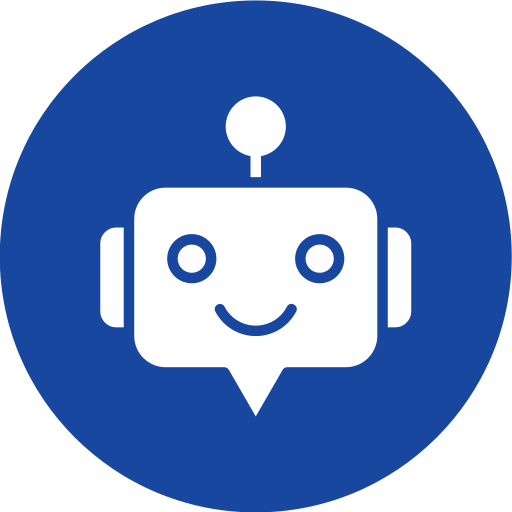Let’s Start with Small Example
Imagine there’s an office assistant who’s been with your company for over 8 years. This person has seen it all—every project, every policy update, every team reshuffle. They know where the files are, how to fix the printer when it’s acting up, and even who makes the best coffee in the building ☕.
Now, whenever someone new joins the team and has a question—whether it’s about setting up email, understanding an old client report, or just where to find the stapler—they don’t hesitate. They go straight to this assistant. Why? Because they always have the right answers, instantly. No flipping through manuals or sending emails into the void.
That’s what a Large Language Model (LLM) is like. It’s your ever-present, all-knowing digital colleague—except it doesn’t take coffee breaks!
But how does it work? What is LLM?
A Large Language Model is a type of computer program trained to understand and generate human language. It’s like teaching a robot how to read, write, and talk just like us.
You might have heard of:
– ChatGPT
– Google Gemini
– Meta’s LLaMA
These are all examples of LLMs
How Did It Learn to Talk?
LLMs learn by reading a massive amount of text — books, websites, articles, etc. Imagine reading the whole internet — that’s what they do!
Over time, they learn:
– Grammar and sentence structure
– How words are used in different situations
– What people usually say in certain contexts
A Simple Analogy
Think of an LLM like your phone’s smart typing feature.
Let’s say you start texting:
“Happy birth…”
Even before you finish, your phone suggests:
“…day!”
That’s not because your phone understands birthdays—it’s just seen that phrase enough times to know how it usually ends.
LLMs work the same way. They don’t “know” facts like people do, but they’re really good at guessing what comes next based on what they’ve learned from tons of data.
Is It Thinking Like a Human?
No. LLMs don’t “think” or “understand” like we do. They don’t have feelings, beliefs, or consciousness. They are pattern matchers. They spot language patterns and respond accordingly.
But because they’re trained on so much human language, they can sound very human.
What Can You Do With LLMs?
LLMs are used in everyday tools:
– Chatbots (like ChatGPT)
– Writing assistants (like Grammarly or Notion AI)
– Code generators
– Customer support bots
– Summarizing emails, documents, news
You can:
– Ask questions
– Translate languages
– Generate ideas
– Write stories
– Learn new topics
Are There Any Concerns?
Yes — while powerful, LLMs also raise questions:
– Misinformation: They may “make up” facts.
– Bias: They can reflect stereotypes from the data they were trained on.
– Privacy: They don’t know your secrets, but using them for sensitive info requires caution.
That’s why responsible use and understanding how they work is important.
Final Thought
LLMs are one of the most exciting technologies of our time — like teaching computers how to “talk.” The more you use and explore them, the more you’ll realize how powerful they can be in work, learning, and everyday life.







